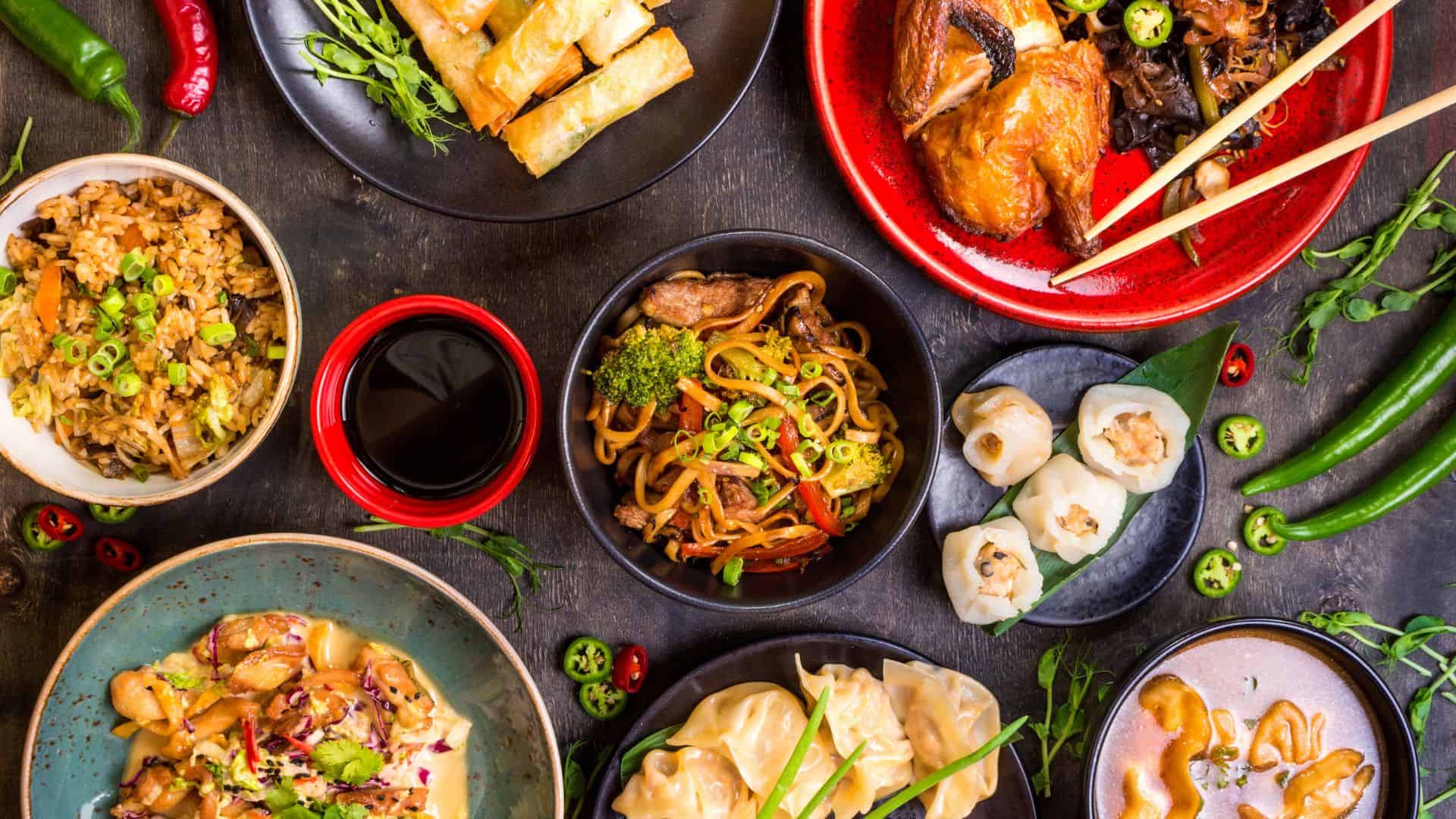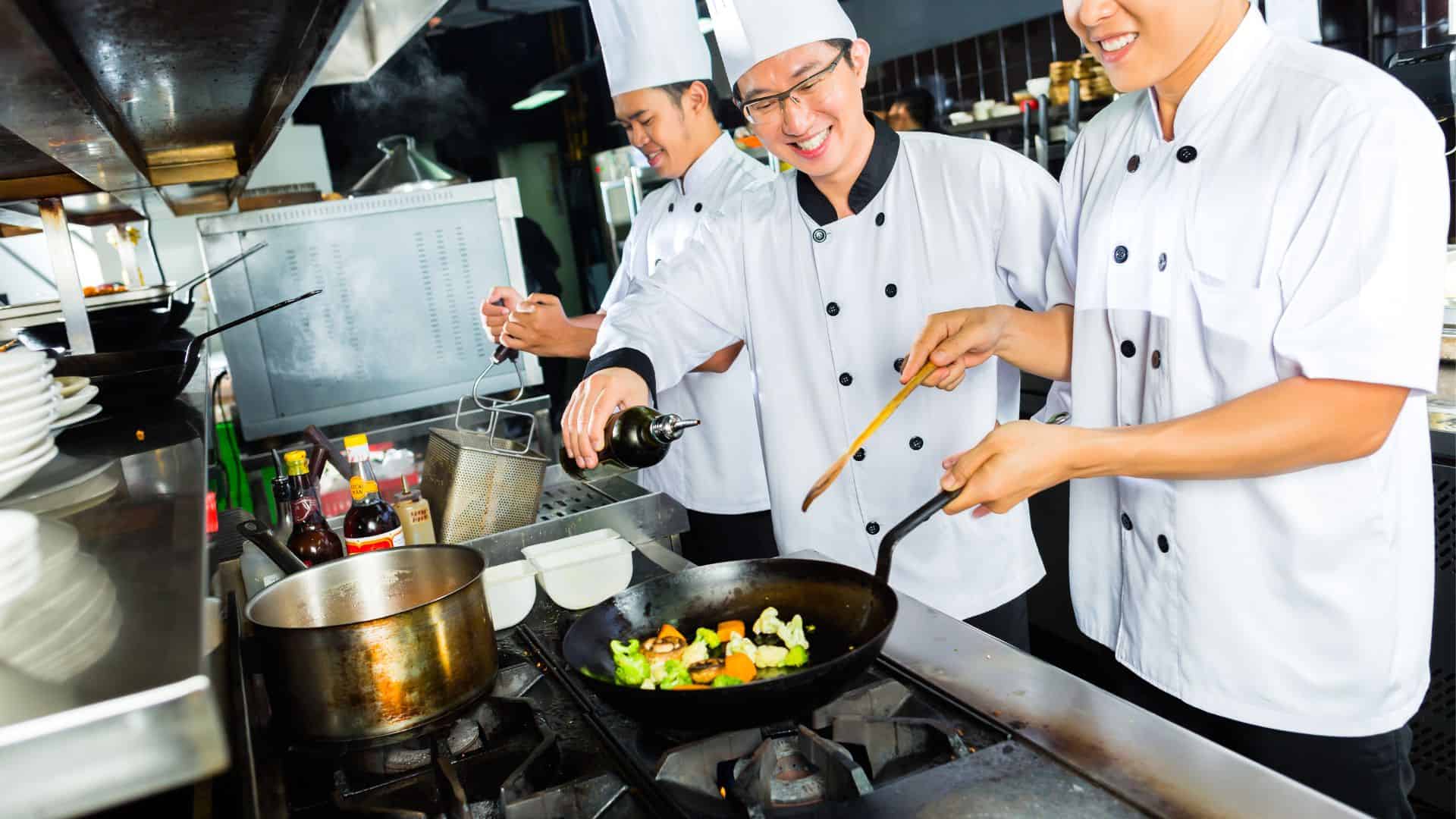Why Chinese Food Is So Tasty And Still Affordable

Ever wondered why a delicious meal at your favorite Chinese restaurant often costs less than a burger and fries? You’re not alone! There are actually quite a few reasons that contribute to the secret of these wallet-friendly prices. Let’s take a look at the world of Chinese cuisine and discover how your favorite dishes can be both tasty and affordable. This may make you love Chinese food even more!

Chinese cuisine efficiently utilizes ingredients. Every part of a vegetable or meat is utilized. This practice reduces waste and maximizes the value extracted from each ingredient, which also helps keep dish costs down. Plus, it helps add maximum flavor to every single dish.
Many Chinese restaurants buy their ingredients in bulk, which significantly reduces costs. Purchasing large quantities of rice, vegetables, and meat allows restaurants to use wholesale prices. This also helps the restaurant offer larger portion sizes at lower prices. Buying in bulk and then using every ingredient wisely greatly lowers food costs.
Chinese restaurants often have a high turnover rate, meaning they serve many customers in a short period. This high volume of sales allows them to keep prices low because the fixed costs of running the restaurant, such as rent and utilities, are spread over a larger number of meals. Plus, they can cook in larger batches, saving preparation time and reducing labor costs. Cooking in volume is always easier and more cost-efficient.
Many Chinese dishes are prepared using quick cooking methods like stir-frying, steaming, and boiling. These techniques are not only efficient but also energy-saving. Quick cooking times mean that restaurants can serve food faster, reducing the overall preparation cost, which is trickling down. Plus, the labor cost will be lower as chefs can quickly prepare multiple meals withe little effort.

If you pay attention, you’ll notice that most small Chinese restaurants are family-owned and operated. This reduces labor costs since they may not need to hire as many external employees. This close-knit operational model allows these businesses to offer lower prices to their customers. Plus, everyone in the family will benefit if the restaurant is successful. Everyone wants the establishment to succeed and thrive!
Chinese culture strongly emphasizes the value of money. This attitude translates into the restaurant business, where offering affordable and plentiful meals is a priority. Prices that are low are more accessible to everyone, meaning more customers. More customers always equate to more money, even if the prices of the dishes are kept low.
Many Chinese restaurants benefit from economies of scale, especially those that are part of larger chains or franchises. Due to their larger purchasing power, these establishments can negotiate better prices for ingredients and supplies, which translates to lower menu prices. Chinese food restaurants that are chains will have the lowest prices thanks to their ability to buy in bulk and utilize several locations to make a profit.
With a focused menu, Chinese restaurants can perfect their recipes and efficiently manage their kitchen, resulting in cost savings reflected in their pricing. This specialization allows them to streamline their operations, reducing inventory costs and minimizing waste. Chinese restaurants rarely run specials or change into seasonal menus. The menu remains the same which means the food preparation and purchasing needs are consistent and predictable. Thi all translates to lower menu prices!
Sourcing local ingredients reduces transportation and logistics costs. By building relationships with local suppliers and farmers, restaurants can obtain fresh ingredients at lower prices. This practice supports the local economy and helps keep food prices affordable for customers. Finding local specialty vendors who grow ingredients unique to Chinese food also helps lower prices. Restaurants don’t have to source ingredients from overseas if they can find a local vendor instead.
Chinese restaurants often prioritize function over fancy decor, which helps keep their overhead costs low. By focusing on a straightforward dining experience without expensive decorations, they save money that would be spent on interior design and upkeep and can provide more menu value. Many restaurants focus mostly on take out and may not even have seating. This allows the restaurant to utilize every inch of space for kitchen and production rather than tables.
The sheer number of Chinese restaurants creates a competitive market, which drives prices down. Many restaurants offer special deals, discounts, and affordable combo meals to attract customers. This competition ensures that customers benefit from lower prices. Areas with lots of Chinese food restaurants may actually have the lowest prices! Be sure to shop around.
Many people order Chinese food consistently and predictably. One night of the week may always be dedicated to Chinese food! Restaurants are able to predict which nights are the busiest and prepare more food for those specific nights. They also look at data to learn which dishes are most popular. All of these trends can help a restaurant purchase ingredients more wisely and prepare food in a smarter way. Cooking smarter means less waster and lower prices.






